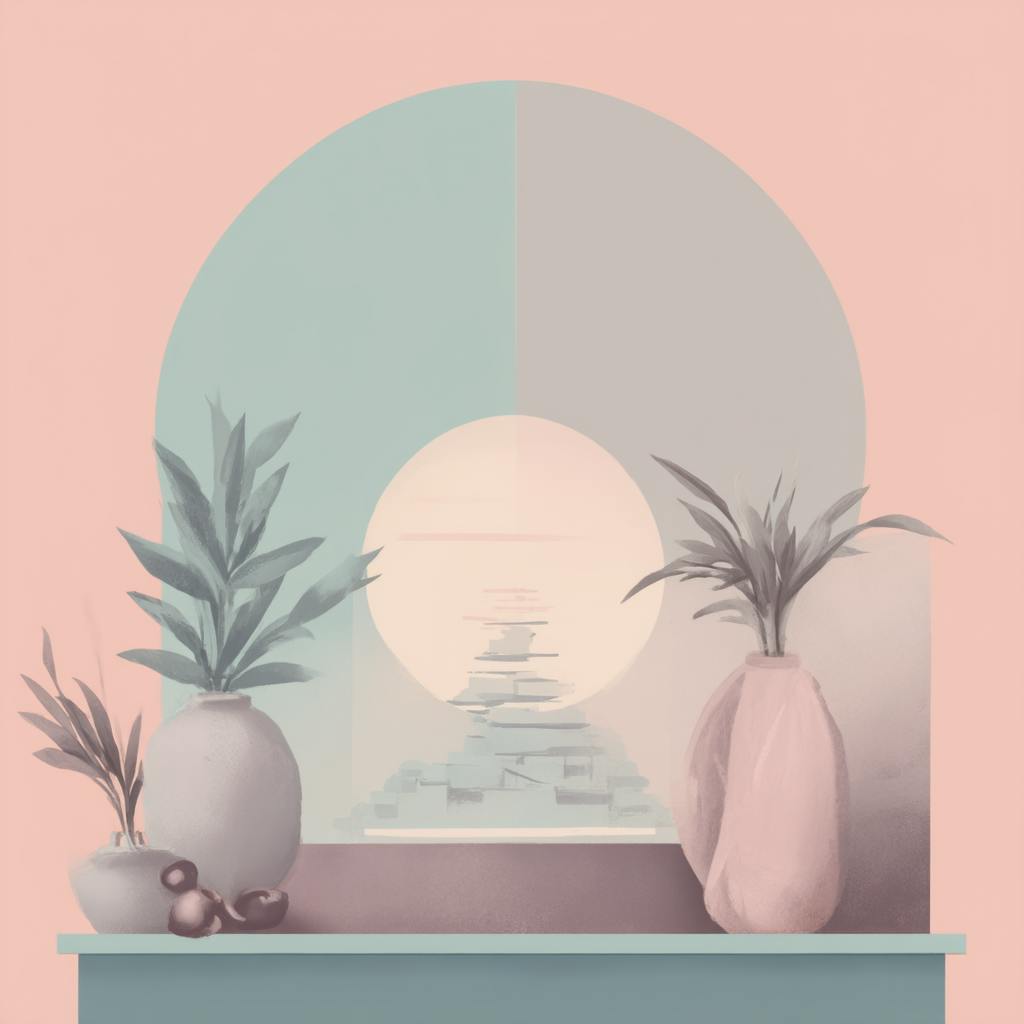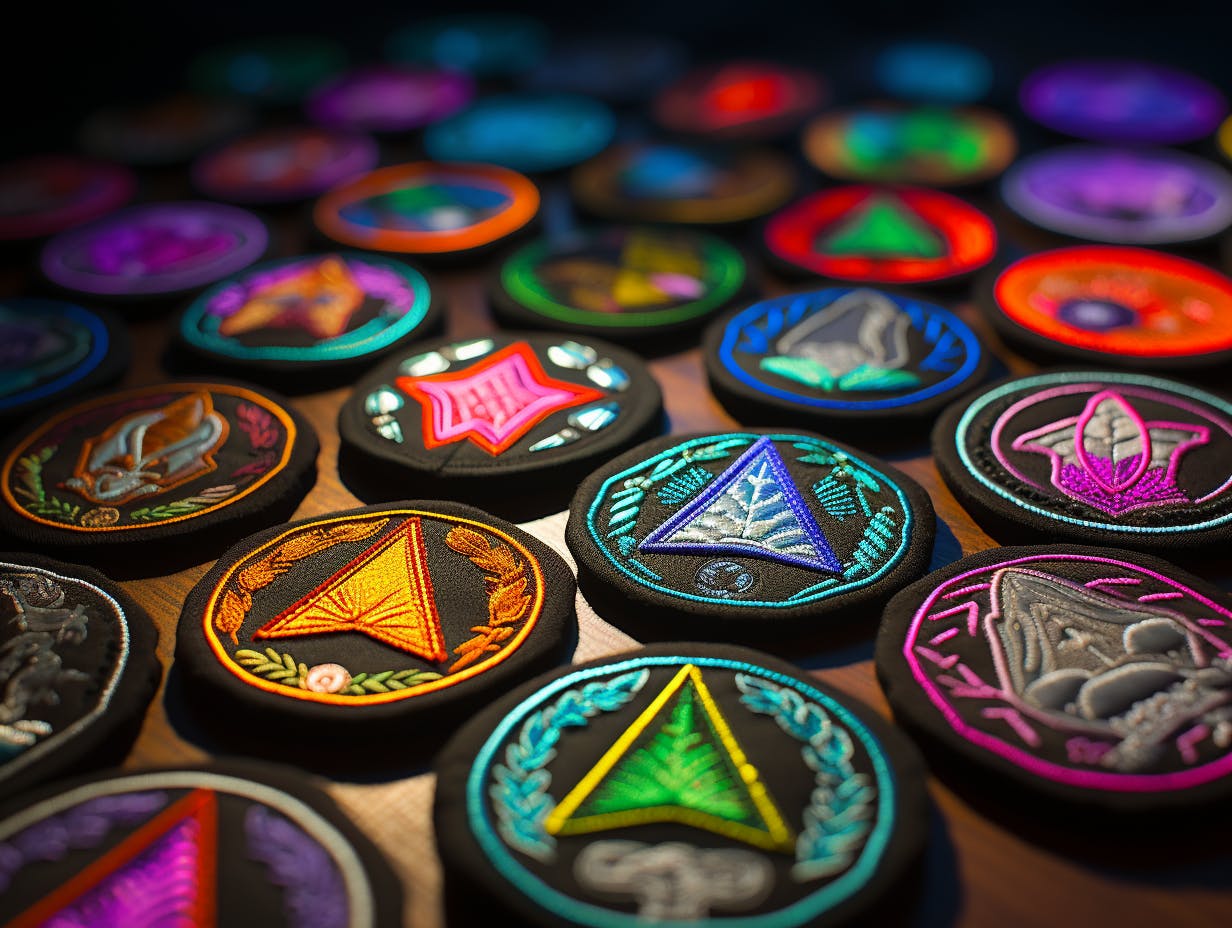In the vast and varied world of design, a principle frequently employed by seasoned designers is the "power of 3 steps in design." Whether it's graphic illustration design, typography in graphic design, or strategy design, this concept is a cornerstone for creating visually appealing and effective designs. This principle not only simplifies design processes but also enhances aesthetic appeal, making it a vital tool for both new and experienced designers.
The Magic Behind the Number Three
Clear Understanding of the Concept
The notion of the "power of 3" is steeped in history and psychology. From storytelling to architecture, the number three has been a symbol of balance and completeness. In design, this translates to an ease of viewing, allowing audiences to digest and appreciate visual information more efficiently. The mind naturally grasps sequences of three, crafting a harmonious experience for the viewer.
Examples in Design Types
- Graphic Design Typography: Consider the use of headlines, subheadings, and body text. This trio ensures clarity and breaks information into digestible parts. Renowned graphics often leverage three font sizes or styles to maintain a clean and readable design.
- Graphic Illustration Design: Think of color schemes. A palette of three colors (primary, secondary, and accent) offers balance and vibrancy without overwhelming the audience. This triad approach is common across various artistic disciplines.
- Strategy Design: The formulation of a visual strategy often involves three core steps – analysis, synthesis, and implementation. This structure helps designers communicate effectively through planned visuals that convey a clear message.

AI made with Dean Jones
Justification for the Power of 3 Steps
Utilizing the power of 3 steps in design fosters efficiency and coherence. In practice, designers who strategically implement this rule find it aids in decision-making, guiding every stage from initial concept to final execution. It ensures that designs remain tidy and avoid clutter—resulting in an aesthetically pleasing final product appreciated by clients and audiences alike.
Frequently Asked Questions
Why specifically the number 3 and not another?
Psychologically, the human brain is inclined to recognize and organize information in groups of three. It's a principle rooted in cognitive theory, where triads make data more memorable.
Can the power of 3 steps be applied to all types of design?
Yes, while it is most prevalent in graphic and visual design disciplines, the versatility of this principle ensures its applicability across various design fields, including interior, architecture, and even web design.
Are there exceptions to this rule in design?
Certainly, while potent, it’s essential to remain flexible. The needs of the project and the target audience should always guide design decisions. Some projects may require deviation from this principle for conceptual or practical reasons.
FAQ: Understanding the Power of 3 Steps in Design
What exactly is the power of 3 in design?
The power of 3 in design is a principle grounded in the idea that three elements are often more visually appealing and effective than any other number. This concept leverages the innate human preference for groupings, patterns, and balance. It is frequently applied in various design fields to create harmony, rhythm, and structure. By organizing elements in groups of three, designers can achieve a more compelling and memorable composition. This principle is derived from both psychological and artistic observations, where odd numbers and triadic arrangements naturally provide a sense of completeness and progression.
How does the rule of 3 enhance aesthetics in design?
The rule of 3 enhances aesthetics by providing a framework that promotes visual balance while still maintaining dynamism and interest. Here are some ways it achieves that:
- Simplification and Clarity: By focusing on three primary elements, designers prioritize essential components, making the design easier for audiences to understand and remember. This creates a natural depth, drawing viewers’ attention more effectively without overwhelming them.
- Balance and Harmony: Grouping elements in threes offers a stable yet dynamic composition. This odd grouping breaks monotony and provides a focal point, allowing for pleasing visual variety while remaining unified.
- Rhythm and Cohesion: It helps to create a narrative or progression within a design. Whether it’s through repetition, variation, or graduation, using three steps or themes helps guide the viewer through the piece coherently.
Can you provide examples where the power of 3 is applied in design?
Certainly! The power of 3 is a versatile tool evident across multiple design disciplines:
- Graphic Design: Consider the use of three font sizes in a layout — headline, subhead, and body text. This hierarchy ensures clarity and visual interest while guiding the reader’s eye fluidly through the content.
- Interior Design: Designers often group décor items or furniture in threes, such as in table arrangements or wall art groupings, to create a focal point and add depth to spaces.
- Photography: The Rule of Thirds, where images are divided into nine equal segments with two vertical and two horizontal lines, strategically places the subject at any of the four intersection points to create balance and enhance storytelling.
- Web Design: Websites frequently employ triadic color schemes, using three colors for their primary, secondary, and accent to create a cohesive and engaging color palette that provides balance and contrast.

AI made with Dean Jones
In what types of design does the power of 3 have the greatest impact?
The power of 3 is impactful in virtually all areas of design but particularly excels in the following fields:
- Visual and Graphic Design: Achieving effective communication requires clarity and focus, both of which are facilitated by triadic composition and hierarchy of information.
- Interior Design and Architecture: Creating spaces that are both functional and aesthetically pleasing relies heavily on balanced compositions, often utilizing the power of three in furniture arrangements, textures, and color schemes.
- Branding and Marketing: Developing a brand identity often involves a triadic approach in logo design, messaging (e.g., taglines), and advertising strategies to create memorable and cohesive branding.
- Photography and Cinematography: Subject framing and composition through the Rule of Thirds or working with shadow, light, and subject positioning create dynamic visuals that captivate viewers.
The intrinsic effectiveness of the power of 3 lies in its ability to establish an orderly but dynamic visual story that resonates naturally with human perception, making it an indispensable tool across diverse design disciplines.
Conclusion: The Timeless Methodology
As we've explored, the power of 3 steps in design holds a significant place in crafting exceptional visual experiences. It offers balance, clarity, and memorability—three pillars that enhance any design's aesthetics and effectiveness. By embracing this rule, designers across all types—whether in graphic design typography, graphic illustration design, or strategy design—can elevate their work to new heights. This principle is not just a guideline but a transformative tool for creating impactful and beautiful designs.

